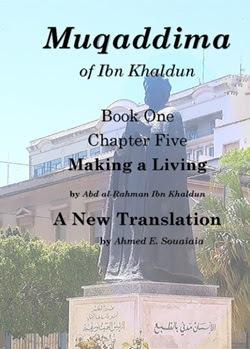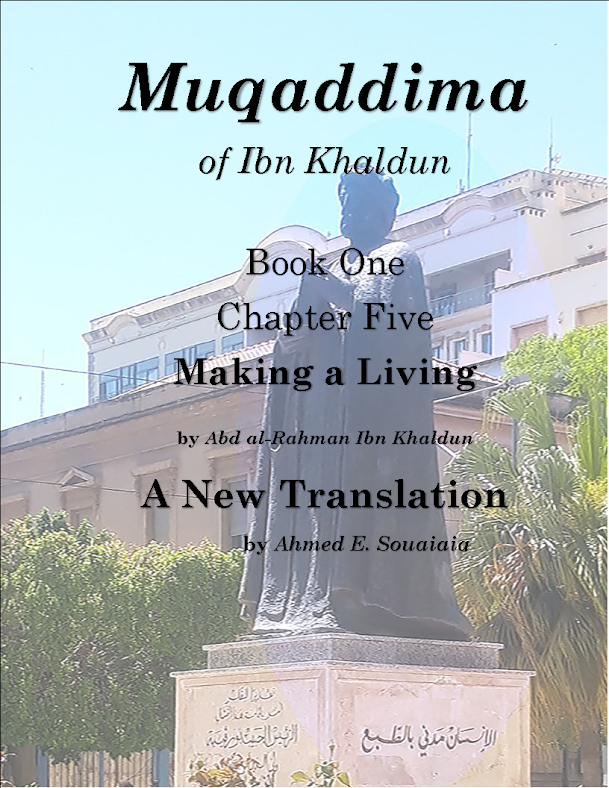A quantitative analysis conducted by the American website "The Intercept" concluded that the coverage of major newspapers in America in the first six weeks of the attack on Gaza showed a strong bias in favor of Israel.
The website said that coverage of the Israeli war on Gaza by the New York Times, Washington Post, and Los Angeles Times was consistently biased against the Palestinians.
The website explained in its report that the print media, which plays an influential role in shaping American public opinion on the Israeli-Palestinian conflict, did not pay much attention to the unprecedented impact of the Israeli blockade and bombing campaign on both children and journalists in the Gaza Strip.
Disproportionate coverage
He said that major American newspapers disproportionately highlighted Israeli deaths in the conflict, used emotional language to describe the killing of Israelis, did not do so with Palestinian deaths, and provided unbalanced coverage of anti-Semitic actions in the United States, while largely ignoring anti-Muslim racism in the wake of the attack. October 7th in Israel.
Pro-Palestinian activists accused major newspapers of bias with Israel, with the New York Times witnessing protests in front of its Manhattan headquarters over its coverage of the Gaza war, an accusation supported by The Intercept's analysis.The Intercept's open source analysis focuses on the first six weeks of the conflict, during which 14,800 Palestinians, including more than 6,000 children, were killed by Israel's bombing of Gaza.
The Intercept collected more than a thousand articles from the New York Times, Washington Post, and Los Angeles Times about Israel's war on Gaza, and recorded the uses of some key terms and the context in which they were used.
Serious defect
She said that the statistics reveal a serious flaw in the way Israeli and pro-Israel figures are covered versus Palestinian and pro-Palestinian voices, with uses that favor Israeli narratives over Palestinian narratives.
She commented that this anti-Palestinian bias in the print media combined with a similar survey of US television news conducted by the analysis writers last month, found a wider disparity.
The risks of this routine devaluation of Palestinian lives cannot be small. With the death toll rising in Gaza, entire cities flattened and uninhabitable for years, and entire families wiped out, the US government wields enormous influence as Israel's main sponsor and arms supplier. The media's exposure to the conflict means that there are fewer political downsides to American support for Israel.
A bleak picture for the Palestinian side
Coverage from the first six weeks of the war paints a bleak picture of the Palestinian side, according to the analysis, one that makes humanizing the Palestinians, and thus eliciting US sympathy for the Palestinians, more difficult.
The site explained that it searched for all articles containing related words (such as “Palestinian,” “Gaza,” “Israeli,” etc.) in the three aforementioned newspapers. He analyzed every sentence in every article and counted the number of specific terms.
He said that the coverage survey he conducted contained 4 main results:
Disproportionate coverage of deaths
In all three newspapers, the phrase “Israeli” or “Israel” appears more often than “Palestinian” or variations thereof, even as Palestinian deaths exceed those of Israelis. For all deaths, Palestinians are mentioned once, and for every Israeli death, Israelis are mentioned 8 times, or an average of 16 times more for each Palestinian death.
"Slaughter" the Israelis, not the Palestinians
The Intercept reported that highly emotional terms for killing civilians such as “massacre,” “massacre,” and “horrific” were almost exclusively reserved for Israelis killed by Palestinians, and not the other way around.
He added that editors and reporters used the term "massacre" to describe the killing of Israelis versus Palestinians 60 to 1, and used the word "massacre" to describe the killing of Israelis versus Palestinians 125 to 2. The word "horrific" was used to describe the killing of Israelis versus Palestinians 36 to 4.
The Washington Post used the word “massacres” several times in its reporting to describe what happened in the October 7 attack. “President Biden faces mounting pressure from lawmakers in both parties to punish Iran after the Hamas massacre.”
In a Washington Post story published on November 13 about how the Israeli siege and bombing had claimed the lives of 1 in 200 Palestinians, the word “massacre” or “massacre” was not used once. Palestinians were simply “killed” or “died,” often in the passive voice.
For children and journalists
The website also noted that only two headlines out of more than 1,100 news articles in the study mentioned the word “children” related to the children of Gaza. In a notable exception, The New York Times ran front-page stories in late November about the historic pace of killing of Palestinian women and children, even though the headline did not mention children or women.
He added that although Israel's war on Gaza is perhaps the bloodiest for children, most of whom are Palestinian, in modern history, there is no mention of the word "children" and related terms in the titles of the articles included in the study.
Gaza and Ukraine
While the war on Gaza was one of the bloodiest wars in modern history for journalists, most of them Palestinian, the word “journalists” and its repetitions such as “reporters” and “photographers” appear in only 9 headlines out of more than 1,100 articles studied. Approximately 48 Palestinian journalists were killed due to Israeli bombing at the time of the truce, and today, the death toll of Palestinian journalists has exceeded 100. However, only 4 of 9 articles containing the words journalist and correspondent were about Arab correspondents.
The Intercept commented that the lack of coverage of the unprecedented killings of children and journalists, groups that usually elicit sympathy from Western media, is conspicuous. By comparison, more Palestinian children died in the first week of the Gaza bombing than in the entire first year of the Russian invasion of Ukraine, yet the New York Times, Washington Post, and Los Angeles Times all published sympathetic stories highlighting the Ukraine war.
The website commented that the asymmetry in how children are covered is both qualitative and quantitative. On October 13, the Los Angeles Times published an Associated Press report saying: “The Gaza Ministry of Health said on Friday that 1,799 people had been killed in the territory, including more than 580 under the age of 18 and 351 women. Last Saturday's Hamas attack led to the deaths of more than 1,300 people in Israel, including women, children, and young music festival-goers. Note that Israeli youth are referred to as children while Palestinian youth are described as under 18 years of age.
During discussions about prisoner exchanges, this repeated refusal to refer to Palestinians as children was most evident, with the New York Times in one instance referring to “Israeli women and children” being exchanged for “Palestinian women and minors.”
A Washington Post report published on November 21 announcing the truce agreement removed the phrase “Palestinian women and children” entirely: “President Joe Biden said in a statement Tuesday night that the deal to release 50 women and children held hostage by Hamas in Gaza, in exchange for 150 A Palestinian prisoner held by Israel. The brief did not mention Palestinian women and children at all.
Coverage of hate in the United States
Likewise, when it comes to how the conflict in Gaza contributes to hatred in the United States, major newspapers pay more attention to anti-Semitic attacks than to those directed against Muslims, The Intercept continued. Overall, there has been a disproportionate focus on racism toward Jewish people, versus racism targeting Muslims, Arabs, or those perceived as such.
During the period of the Intercept study, the three newspapers studied mentioned anti-Semitism more than Islamophobia (549 vs. 79), and this was before the “campus anti-Semitism” debate created by Republicans in Congress.
Despite many high-profile instances of both anti-Semitism and anti-Muslim racism during the survey period, 87% mentioned discrimination around anti-Semitism, compared to 13% mentioned Islamophobia, including related terms.
When major newspapers fail
In general, the killings of Palestinians in Gaza do not receive as much coverage in terms of scope or emotional weight as the killings of Israelis on October 7. These killings are often presented as arbitrarily high. Hamas' killings of Israeli civilians are consistently portrayed as part of the group's strategy, while killings of Palestinian civilians are covered almost as if they were a series of one-time mistakes committed thousands of times, despite many operations indicating Israel's intent to harm civilians and infrastructure. Civilian. The result is that the three major newspapers rarely gave the Palestinians humanitarian coverage.
Despite the biased coverage of Israel
Despite this disparity, opinion polls show a shift in sympathy toward the Palestinians and away from Israel among Democrats, with huge generational divisions driven in part by stark differences in news sources. In general, we find that young people get their information from TikTok, YouTube, Instagram, and Twitter, while older Americans get their information from print media and news.
The Intercept said biased coverage in major newspapers and mainstream television news affects public perceptions of the war and directs viewers toward a distorted view of the conflict, and this has led pro-Israel critics to blame pro-Palestinian views on social media “misinformation.”
He concluded by saying that, however, an analysis of both print media and television news shows that if any group of media consumers gets a biased image it is because of the news broadcast by the established media outlets in the United States.





































No comments:
Write comments